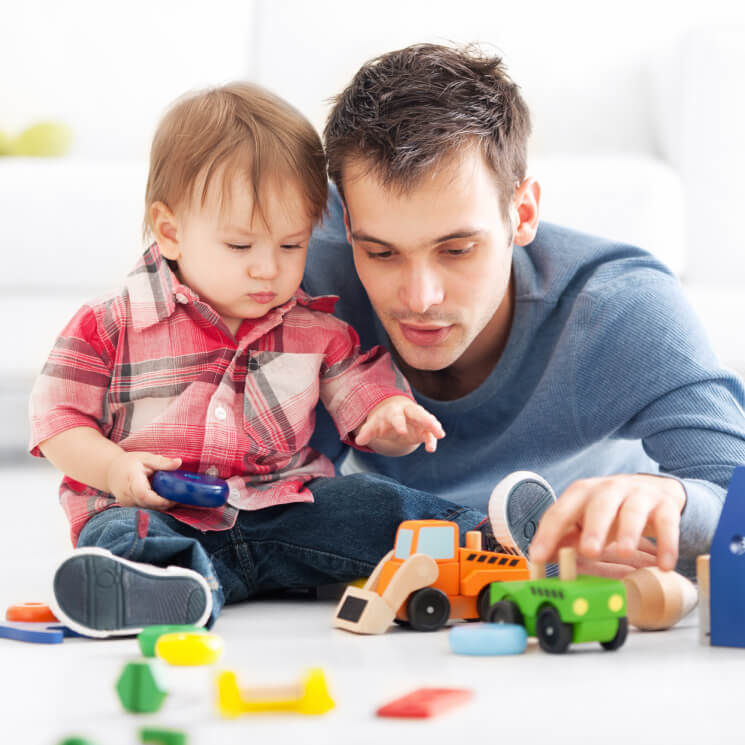In-Home Therapy
ABC Therapy Clinics is happy to provide our in-home ABA therapy services, allowing your child to grow in a familiar, comfortable, and safe space. In-home learning and autism services are tailored to address your child's specific goals and challenges, allowing our team of therapists to create a customized treatment plan for your child's development and progress. As always, your child’s well-being is our top priority, and our in-home therapy services can contribute to an improved therapy experience and results.
In-Home TherapyIn-Clinic Therapy
In-clinic ABA therapy offers the unique opportunity for the one-on-one support and attention clients need for a fully individualized learning experience. Our clinics' autism services come equipped with specialized therapy tools, equipment, and resources that may not be readily available at home. This enables our therapists to offer a wider range of interventions and activities to support your child's progress and development in our state-of-the-art facilities that support optimal learning and development.
In-Clinic ABA TherapyOccupational Therapy
Developing essential life skills, sensory processing, fine motor coordination, self-help abilities, and enhancing overall independence is why occupational therapy is a collaborative service at every ABC Therapy Clinics location as well as an in-home therapy option. Occupational therapy breaks down the activities clients encounter on a daily basis and helps addresses them in ways that are meaningful to the child through play. These specialized learning and autism services promote confidence and independence they can carry with them throughout their life.
Occupational TherapySocial Skills Group
A smooth transition allowing your child to positively interact with others to learn effective ways of communication, connection, cooperation, and comradery is important. Our social skills group proves to be an instrumental autism service ABC Therapy Clinics offers that allows a supportive environment for children to be comfortable interacting with others.
Social Skills GroupPotty Training Program
Potty training is an important milestone in a child's development. Our potty training program is designed to assist children, including those with autism spectrum disorder (ASD) and developmental delays, in acquiring and mastering toilet training skills. We utilize evidence-based strategies, ABA therapy techniques, and an individualized approach to ensure successful and effective potty training experiences with our autism services.
Potty Training ProgramFeeding Program
Working as part of a treatment team, our team of professionals will develop interventions that can help promote healthy eating habits. At ABC Therapy Clinics, we understand that feeding difficulties can significantly impact a child's overall well-being and development. Our autism services include a feeding program that is designed to address and overcome challenges related to eating, swallowing, and feeding in children through sensory integration, oral motor skill development, behavior management, and caregiver education.
Feeding Program

